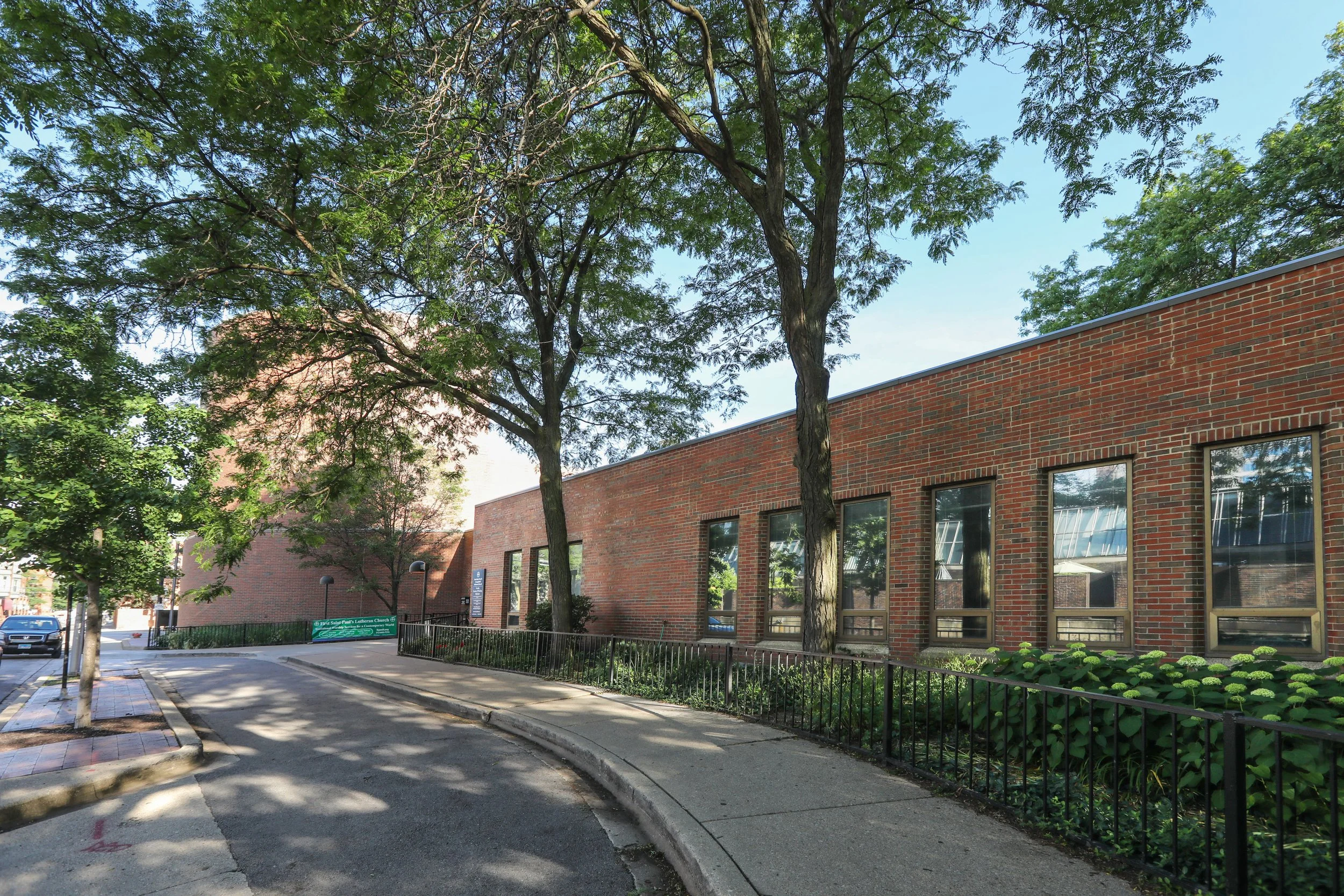
First Saint Paul’s History
The Beginning
In the midst of a heavy blizzard in 1843, nine men and several women met at a grocery store on the corner of Franklin and Lake Streets to organize a congregation. Saint Paul was chosen as the name for the new congregation, and five men were asked to select and obtain a building lot.
The First Church
The first church building
The group asked Chicago's first mayor for advice on how to raise funds to purchase a lot for the building. Instead, Mayor Ogden provided these German immigrants with a lot at the corner of LaSalle and Ohio Streets.
At that time, streets around the proposed site were mud with no drainage, and the area was surrounded by a swamp. With very simple building plans in place, the men volunteered to build a modest house of worship, using the cost-savings to purchase materials.
Completed in February 1844, the 30'x60' church used a small table covered in black velvet cloth for its altar. Other furnishings were limited to a homemade lectern, benches, and a huge stove. A picture of the crucified Lord was hung behind the altar.
The First Pastor
Pastor Augustus Selle (1846-1851)
Pastor Augustus T. Selle arrived on April 11, 1846 and preached the very next day, Easter Monday. His sermons targeted the false doctrines of the Rationalists, the Roman Catholics, and the Reformed churches. However after only two sermons, the committee told him it was very doubtful the congregation would decide to become Lutheran. Instead, they urged him to organize an Evangelical congregation. He said he'd rather resign immediately than sin against his conscience. The committee asked him to draw up a draft for a new constitution, and with minor changes, the document was adopted. Pastor Selle was formally called as the congregation's minister.
Birth of the Missouri Synod
The Missouri Synod was organized at First Saint Paul's in the spring of 1847, and Pastor Selle became a member. The place of worship was relocated to the courthouse at Clark and Randolph.
A new modest chapel was built on Grand Avenue, between Franklin and Wells Streets at the cost of $400, and dedicated on July 15, 1849.
A New Pastor
Pastor Heinrich Wunder (1851-1913)
Pastor Selle received a call in June 1851 from Crete, Illinois. Given the many years of controversy, he decided to accept, and left First Saint Paul's in September 1851. He later moved on to another congregation in Rock Island, and then became a professor with the Teacher's Seminary of Synod in Fort Wayne, Indiana where he served 31 years.
Familiar to many immigrant congregants prior to their arrival in Chicago, Pastor Heinrich Wunder became the new pastor in 1851. The congregation grew rapidly, and many called on him for assistance with their housing needs and other problems.
After just five years, the congregation outgrew its chapel on Grand Avenue. A new church was constructed at the corner of Franklin and Superior Streets.
The Great Chicago Fire
Rubble after the Great Chicago Fire
In 1871, seven years after the new church, the building was completely destroyed in the Great Chicago Fire. Pastor Wunder heroically fled the inflamed structure, rescuing precious vital records that were among the very few that survived the devastation of the city.
Contributions from the synod allowed the church to rebuild an improved, almost identical structure dedicated just one year later.
The only object that could be salvaged was the statue of an angel with the inscription, "Fear God, and give glory to him." It can be found in the church lounge today.
Rejuvenation & Expansion
Rebuilding the Church
In 1910 when the area surrounding First Saint Paul's became largely industrialized, the congregation purchased a former Jewish Synagogue at LaSalle and Goethe Streets.
In 1912, Norbert A. Fleischer became the first Sunday School teacher, and the Ladies Aid was organized.
Pastor Wunder passed away on December 22, 1913, and was succeeded by his son-in-law, Pastor John Baumgartner, who died after a lingering illness in 1918.
Pastor Henry Kowert was called by the congregation in 1917. He participated in Luther Day, the largest single gathering of Lutherans held during the Century of Progress World's Fair in Chicago on July 16, 1933. The church used the opportunity for publicity. The history and progress of our synod as shown through the Lutheran Exhibit attracted millions to the Hall of Religion Building.
A sixty-member choir was organized in 1930.
The International Walther League the youth organization of our church was established during Pastor Kowert's ministry. The organization's goal was to actively foster and assist Lutheran education institution and foreign missions abroad. The group tried to raise $100,000 to build a church, parish house, headquarters for the International Walther League, and a Walther League Hospice for 175 people. But with the onset of the Depression, the goal became impossible.
Thousands of servicemen stationed in and around Chicago made First Saint Paul's their home during the war years. Warm fellowship was found at many afternoon programs, and lunches were provided.
Pastor Grother
Pastor Louis Grother (1937-1949)
Pastor Grother, a new graduate from Concordia Seminary, Saint Louis was called for a temporary assignment, and later as associate pastor. Upon the death of Pastor Kowert, he became senior pastor. His ministry focused on serving thousands of service men and women from California during WWII, he became the government liaison to Japanese-Americans locating here from California, and served as chaplain at Walther Memorial Hospital.
The church building was moved to the east, and remodeled to conform to a new city property line.
Pastor Grother received two calls from Zion Lutheran Church in Kalamazoo, Michigan, and declined both. After receiving a third call and recognizing the call of God, he left First Saint Paul's regretfully in April 1948 with his wife and their two children to assume his new pastorate.
Urban Blight During the Time of Pastor Manz
Pastor James Manz (1949-1981)
Pastor James G. Manz was installed on October 9, 1949 as the neighborhood changed. Japanese-Americans, Puerto Ricans, Southern whites, and Southern blacks migrated to the area in large numbers. An area of enormous contrasts developed – the very poor living next to the very rich – and provided a great challenge for the church within a mile of its walls.
Stately homes were converted into crowded rooming houses, and many church buildings were abandoned. The closing of established businesses, and tearing down of buildings led to an urban exodus.
The most challenging decade for the church resulted, and Pastor Manz looked enthusiastically at outreach programs. He regularly searched the Old Town neighborhood for both children and adults without a church home. His greatest outreach accomplishment was shown in Sunday School attendance that stood at 170 children in 1961, the largest since the 1930s.
Three separate formal services rooted in the Word and Sacrament were held each Sunday. A German service was attended by roughly 100, followed by the late service with 200 or so attendees, and just over 40 attended the evening service.
The congregation felt it needed to establish a vital program to serve this renewed community, and a new church building was deemed necessary. Members enthusiastically supported fundraising efforts started in 1965 for the new facility, and the new building was dedicated October 18, 1970.
Years of Growth
Overlapping with Pastor Manz, Pastor Pohl served the congregation for 6 years. In 1982, the congregation called Pastor Pauling and four years later, called Pastor Brummer to serve as the second Pastor. They were instrumental in starting the community meals program held on Saturdays for those less fortunate in the area that continues today. Following Pastor Pauling's retirement in 2005, Pastor Barich served the congregation for 3 years alongside Deaconess Brenna Nunes who was at First Saint Pauls from 2001 to 2009. Pastor Johnson was called in 2011 and served the congregation until April of 2022. DCE Marlo Schulz was called in 2016 and served until 2021. In June of 2023, Pastor Leininger was installed and is currently serving as First Saint Paul’s pastor.
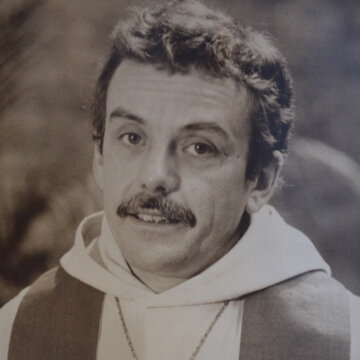
Pastor Pohl (1978-1984)
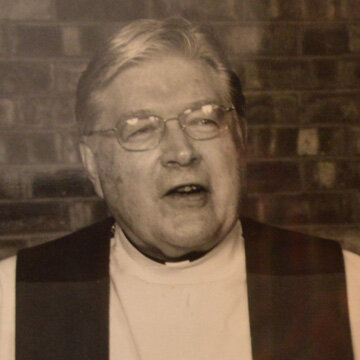
Pastor Pauling (1982-2005)
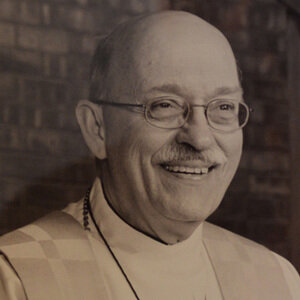
Pastor Brummer (1986-2004)
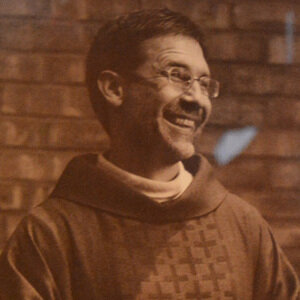
Pastor Barich (2005-2008)
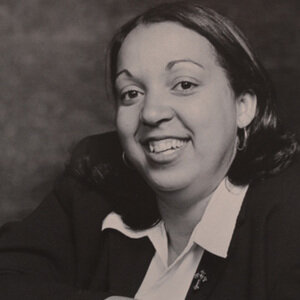
Deaconess Brenna Nunes (2001-2009)
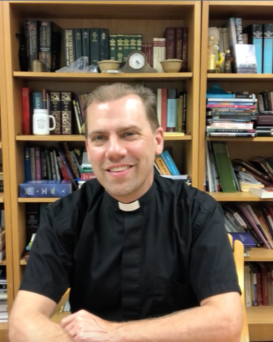
Pastor Johnson (2011-2022)
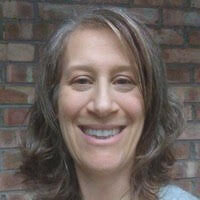
DCE Marlo Schulz (2016-2021)
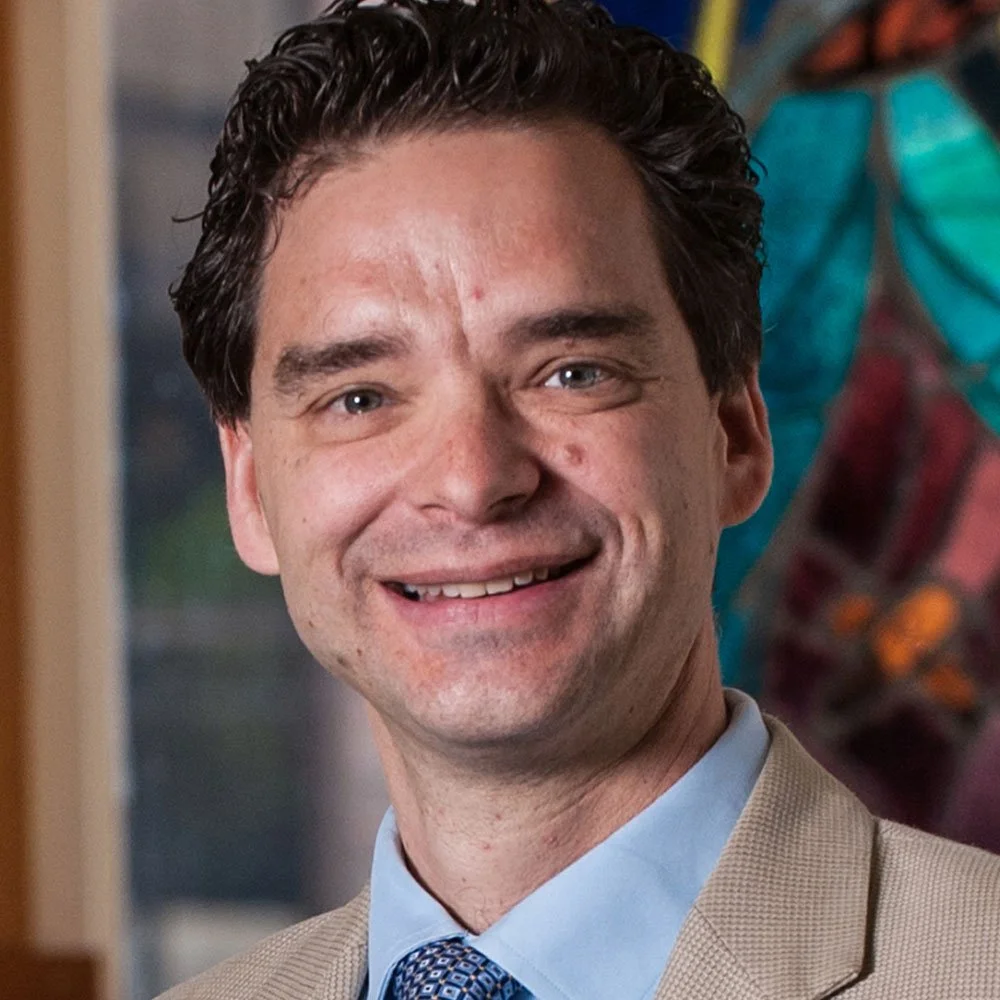
Pastor Jeff Leininger (2023-present)
The Present Church
The Present Church
Attempting to change the attitudes of an urban religious community, Chicago architect Edward Dart designed a simple, curvilinear building to express a "working church" as opposed to a monumental one. He wanted the congregation to have a sense of being close to one another.
Upon entering the building, the low ceiling height and lighting intensity in the narthex contrasts with the nave. Attention is drawn to the brightly illuminated chancel area with its high ceiling, and the tall, curving brick wall. A high, clear window faces north to allow natural light to spill across the entire area. The open brick pattern in the main wall behind the altar serves as an acoustical baffle without disrupting the design.
Bold granite forms make up both the lectern and baptismal font, contrasting with the wood used in the pews and the communion table, symbolizing the union between the congregation and the sacrament. Purposely misaligned, the pews avoid the rigid formality in seating. To leave space for the baptismal font, the right pews are set back, and a raised balcony houses the organ and the choir.
The final result is an environment that expresses "the working ministry of the church" rather than a showplace for onlookers.
The Altar
Pastor Leininger
The Present Church Building







